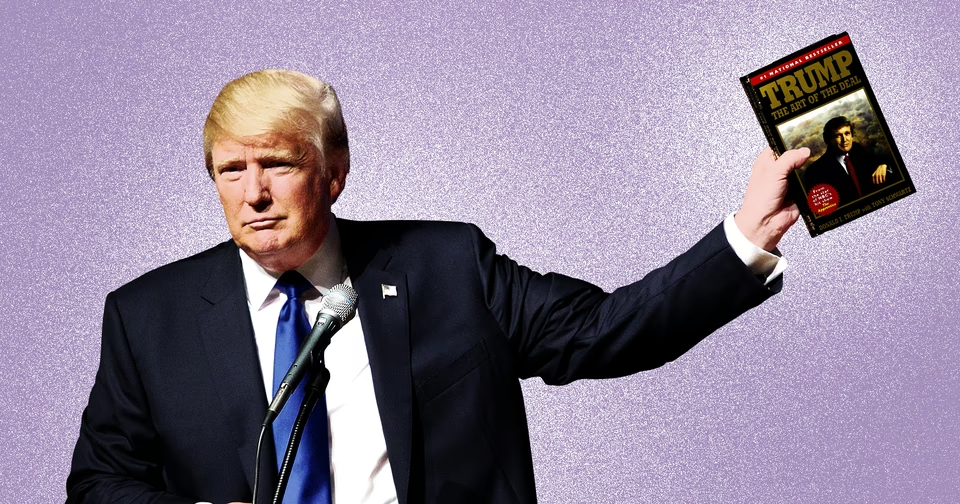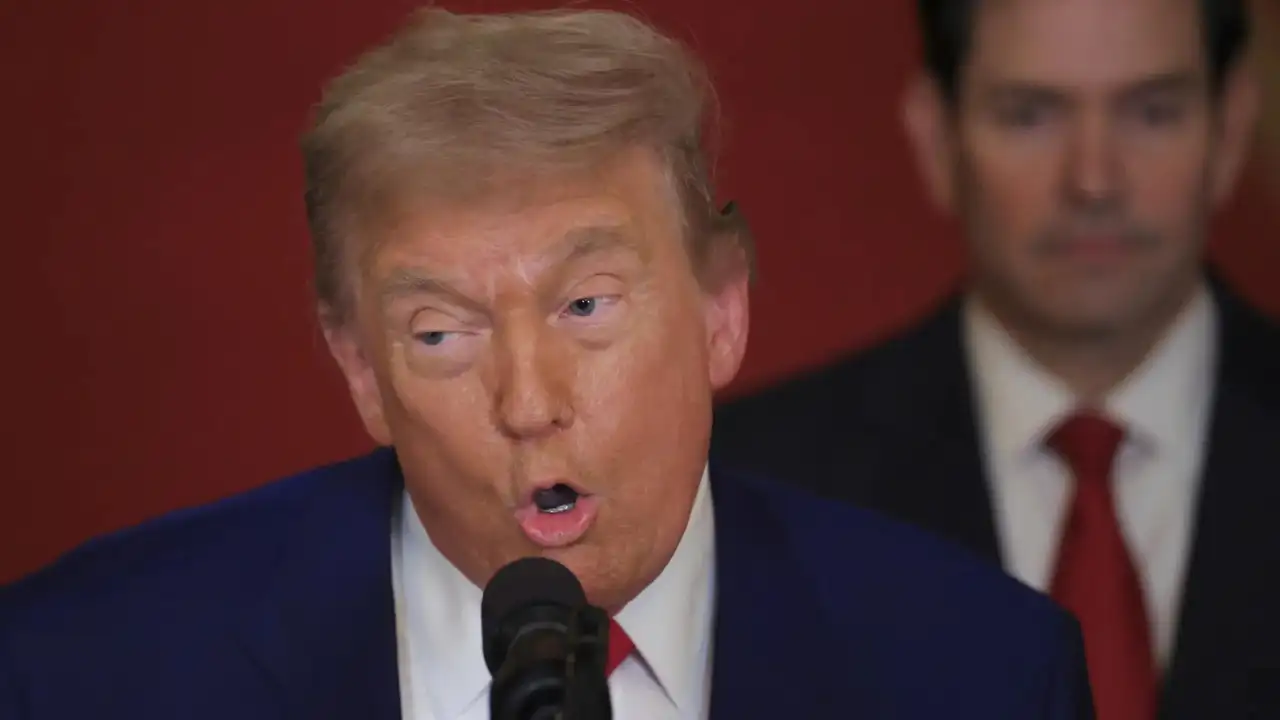Former U.S. President Donald Trump is never one to shy away from controversy or contradiction. In a recent interview, Trump confidently stated, “I don’t draw,” when asked about any artistic leanings. Yet this seemingly straightforward denial has been called into question by the very existence of several hand-drawn sketches—signed by Trump himself—that have made their way to auction houses, raising eyebrows and reigniting debates about authenticity, image crafting, and political celebrity.
At the center of the storm are several pieces of simplistic, black ink sketches depicting various familiar themes—mostly the New York skyline, the American flag, and the White House. These illustrations have been auctioned off over the years for thousands of dollars, touted as being penned by Trump’s own hand. The contradiction between Trump’s claim and these publicly available pieces of art is hard to ignore, and it raises a larger question: Was the former president distancing himself from these artistic efforts, or was he perhaps minimizing them to maintain a certain image?
Sketches that Speak Louder Than Words
Some of the sketches in question include rudimentary drawings of the Manhattan skyline featuring Trump Tower, complete with Trump’s iconic signature in bold Sharpie. Others show the American flag fluttering behind the White House. While not masterpieces by any artistic standard, these works hold symbolic weight and monetary value due to the celebrity attached to them.
Auction houses and collectors have confirmed the provenance of several such sketches. One notable example was sold for tens of thousands of dollars, promoted as “original artwork by Donald J. Trump.” The auction descriptions often emphasized the rarity of presidential artwork, comparing Trump’s sketches to those of past presidents like Dwight D. Eisenhower or Ulysses S. Grant, who were known for dabbling in painting or drawing.
Though crude in execution, the drawings nonetheless suggest an intentional act of creation. Trump’s signature and distinct line style indicate a deliberate hand, not just a quick doodle. This suggests he was at least passively engaged in creating these pieces, which contradicts his claim that he doesn’t draw.
Public Persona vs. Private Creativity
Why would Trump deny something so easily disproved? The answer may lie in how he wishes to be perceived. Throughout his life, Trump has carefully curated an image of himself as a master builder, a dealmaker, a political outsider, and a man of action—not a brooding artist. Acknowledging a habit of sketching might seem trivial to most people, but for Trump, who often positions himself as a no-nonsense executive, it could come off as off-brand.
There is also a sense that Trump may view drawing or artistic hobbies as soft, even unmasculine, traits in contrast to the tough image he cultivates. In his world of sharp suits, gold-plated interiors, and blunt political rhetoric, being perceived as an artist might seem like a liability rather than an asset.
Still, the public’s fascination with celebrity art continues to thrive. Whether it’s Jim Carrey’s satirical portraits, George W. Bush’s paintings of world leaders, or Hunter Biden’s abstract pieces, art created by political or entertainment figures draws considerable attention. For Trump, who has always been highly attuned to brand value, these sketches might have been produced or authorized at some point simply as collectible commodities—art not for expression but for commerce.
Authenticity in the Age of Contradiction
Trump’s declaration that he “doesn’t draw” sits awkwardly beside authenticated drawings sold with his name and signature. It echoes a broader pattern in his political and public life: conflicting statements, selective memory, and a flexible relationship with the truth. In some ways, this episode is emblematic of Trump’s rhetorical style—he says what suits the moment, even if there’s public record suggesting otherwise.
Critics argue that this is yet another example of Trump attempting to rewrite his personal narrative, a tactic he has used in business, politics, and media. Supporters might brush it off as a harmless contradiction or claim the sketches were made casually, not part of a serious pursuit of art. In either case, the incident reveals how public figures can simultaneously be creators and deniers of their own cultural artifacts.
A Sketchy Market of Political Memorabilia
The sketches themselves represent an interesting niche in the booming market of political memorabilia. Presidential items—from signed bills to handwritten notes—have long fascinated collectors. Trump’s art, whether he owns up to it or not, fits into this ecosystem where rarity and novelty fuel demand.
Even though the drawings lack technical sophistication, their value is elevated by their association with Trump’s brand. This suggests that in the art market, identity can sometimes trump artistry. For buyers, owning a sketch by Trump is more about the story, the personality, and the polarizing figure behind the pen than it is about aesthetics.
Final Thoughts
Donald Trump’s denial of his own artistic output might seem like a minor inconsistency, but it highlights deeper tensions between personal identity and public perception. The existence of his sketches—and their considerable market value—shows how even small acts like drawing can be magnified in the world of politics and celebrity.
Whether Trump truly forgot about his past sketches, views them as insignificant, or is simply choosing to distance himself from them, the fact remains that they exist, they are signed, and they have fetched significant sums at auction. In a time when facts are often contested and image is everything, even a simple drawing can speak volumes.



